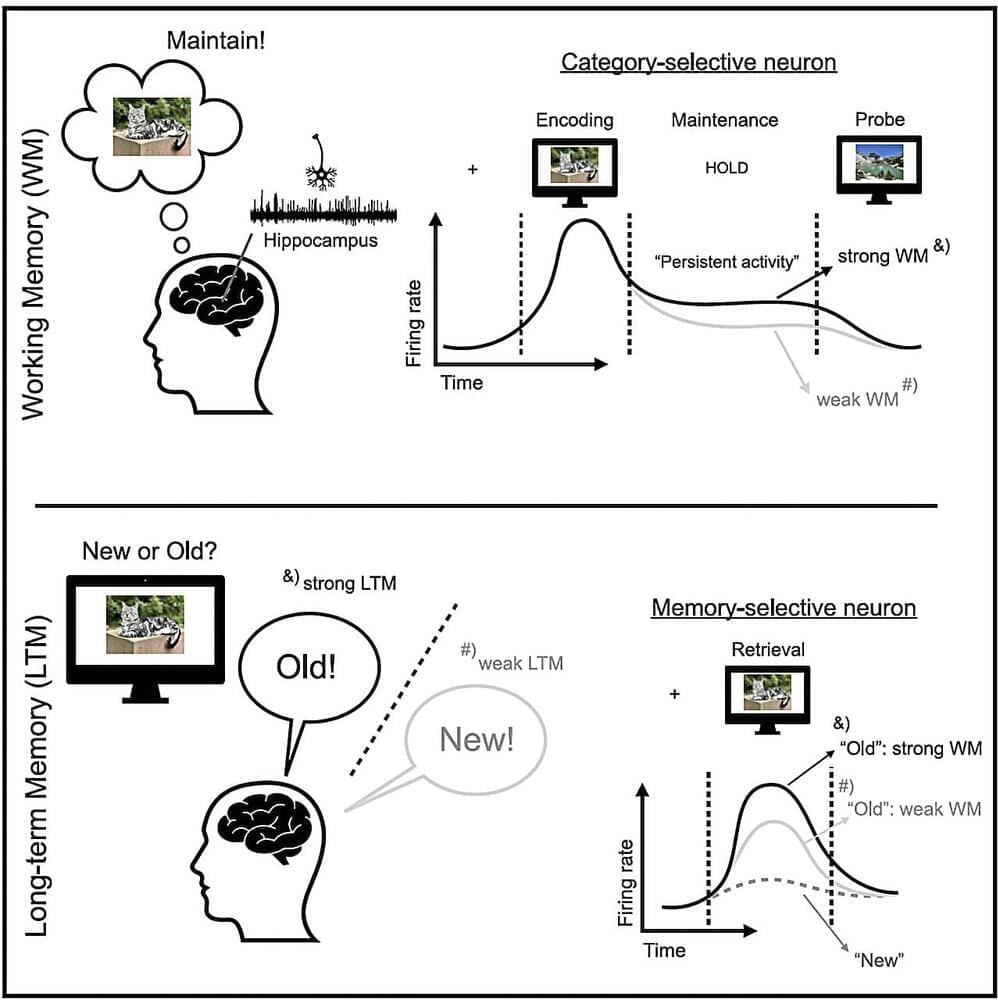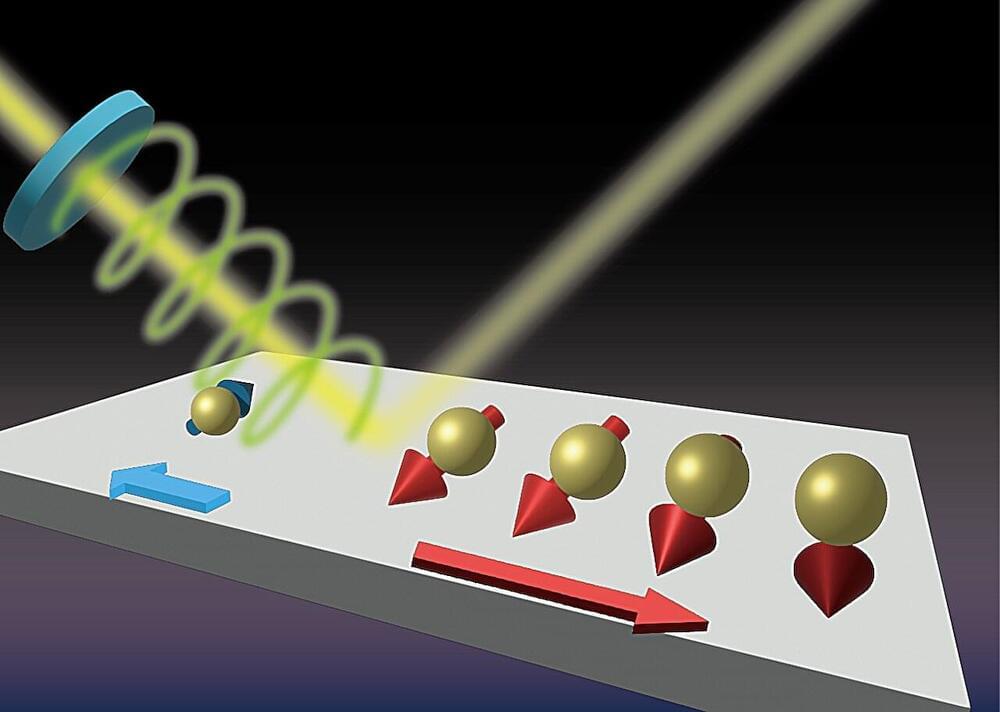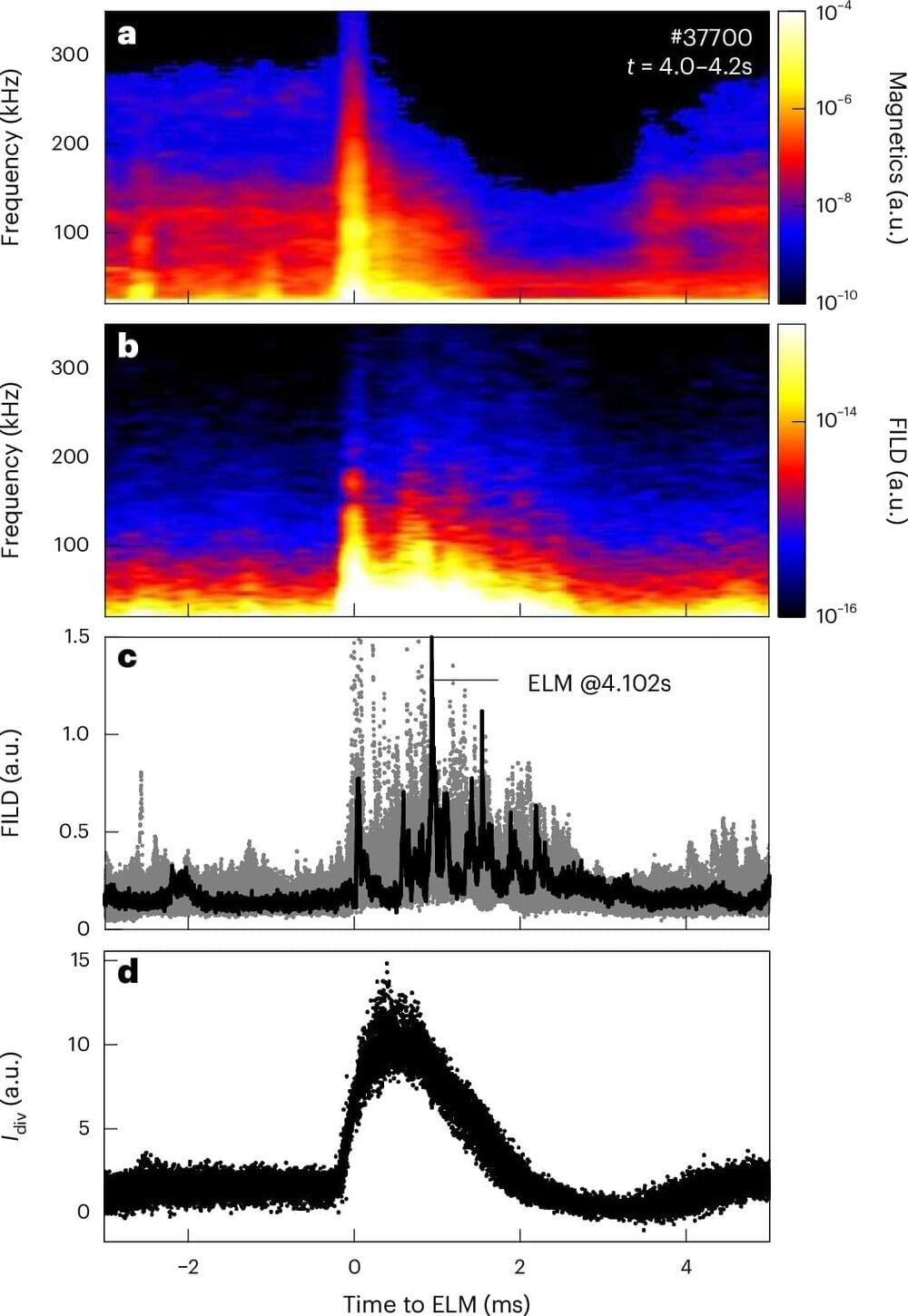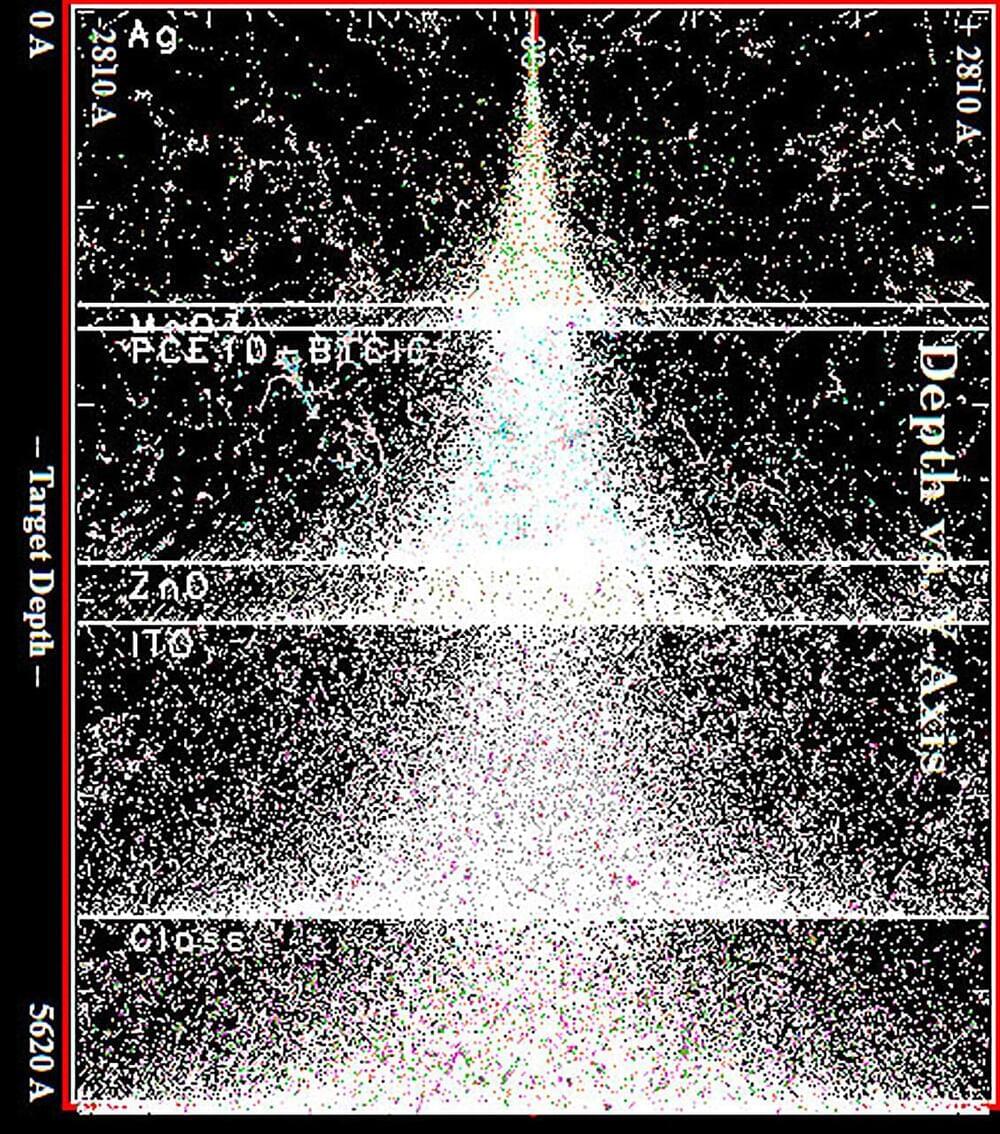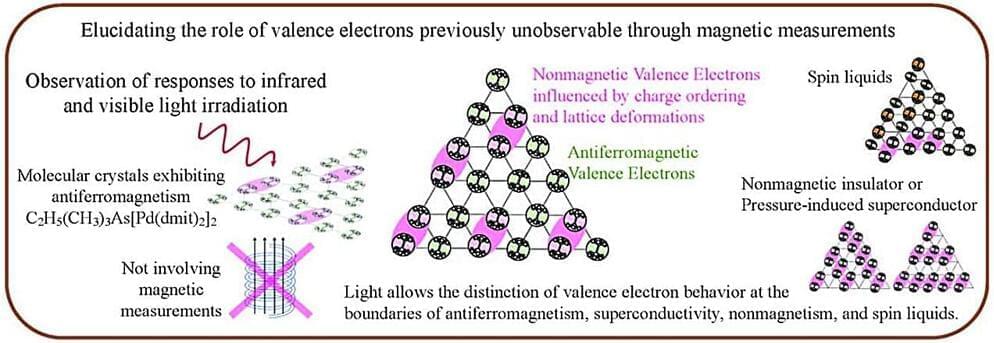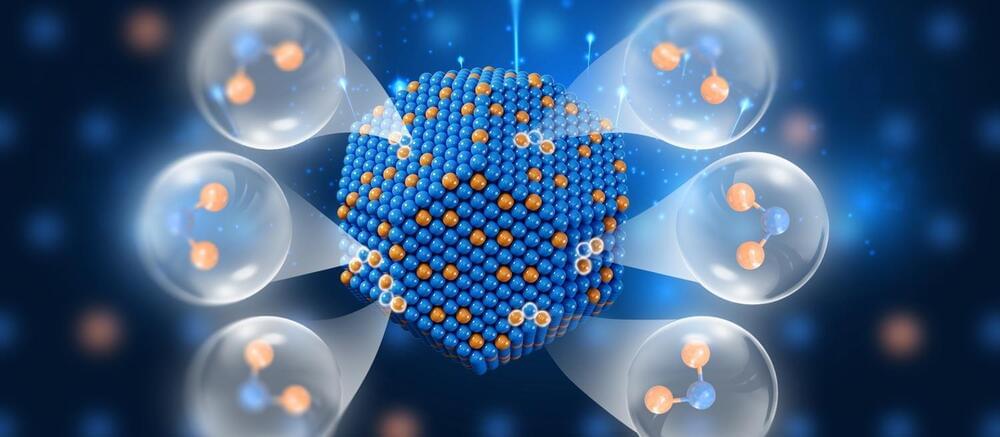Jan 11, 2025
A Minecraft-based benchmark to train and test multi-modal multi-agent systems
Posted by Saúl Morales Rodriguéz in categories: nanotechnology, physics
Multiterminal Josephson junctions, nanoscale devices with unique electronic properties, comprise non-superconducting metallic material coupled to three or more superconducting leads. These devices have proved to be promising platforms for the exploration of topological phenomena in condensed matter physics.
Researchers at Northwestern University and Aalto University recently proposed a new approach to studying the topological signatures of multiterminal Josephson junctions, which relies on the collection of resistance measurements.
Using their approach, outlined in a paper published in Physical Review Letters, they were able to observe these signatures, while also unveiling resistance patterns that are far richer than those predicted by physics theories.



